Mani-Sushma: Archaeology and Heritage: Dr. B.R. Mani Festschrift (In 3 Volumes)
The volumes are in honour of the contributions of Dr. B. R. Mani, a renowned archaeologist, numismatist and art critic.
The research articles on Indian archaeology, art, heritage, museology, culture and traditions covering a range of subjects in different areas of study. Over 95 papers, in English and Hindi, study the evolution of art traditions. They covers themes broadly relating to the study of palaeolithic and chalcolithic cultures in the trans Himalayan region, the history of the Harappan people, and the Buddhist legacy of India. They delve into topics relating to the earliest history such as evolution of art tradition in the Tel Valley, the condition of Odisha from prehistoric times to the fifth century AD and the development of the ceramic art of the Harappans involving findings from archaeological sites. They examine Buddhist seals and charters and provide information on Buddhist history and heritage in detail with reference to sites discovered in archaeological explorations. They also include comparative analyses such as a study of megalithic burials of the past in India and Sri Lanka. The volumes have illustrations such as maps and numerous photographic reproductions of excavated remains that include epitaphs, sculptures, inscriptions, plaques, architectural structures and elements like caves, stupas, pillars, plinths, door lintels, shrines and burials.
The volumes would be useful to archaeologists, historians, and scholars of art and cultural traditions as they uncover the past heritage of India based on archaeological discoveries.
Get it now and save 10%
BECOME A MEMBER
-

Academic Dictionary of Textiles
-
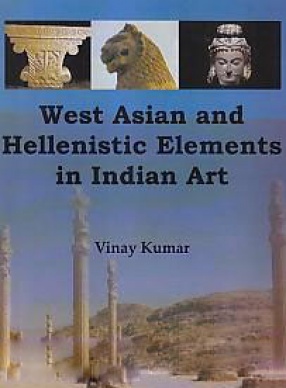
West Asian and Hellenistic Elements in Indian Art
-
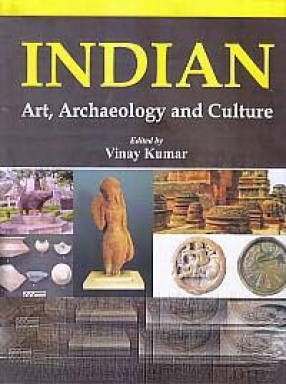
Indian Art, Archaeology and Culture
-
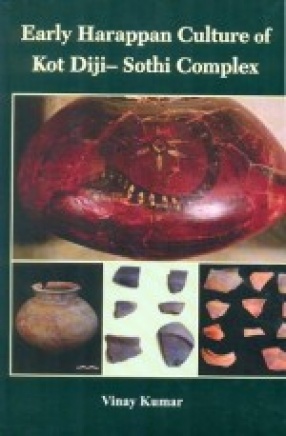
Early Harappan Culture of Kot Diji: Sothi Complex
-
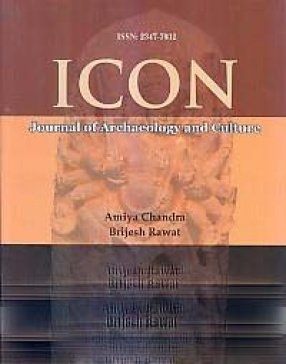
Icon: Journal of Archaeology and Culture: Volume 4
-
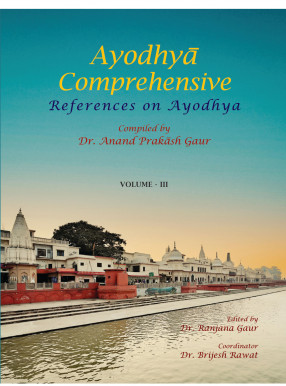
Ayodhya Comprehensive: Reference on Ayodhya (In 3 Volumes)
-
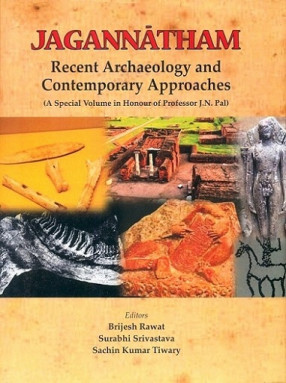
Jagannatham: Recent Archaeology and Contemporary Approaches: A Special Volume in Honour of Professor J.N. Pal

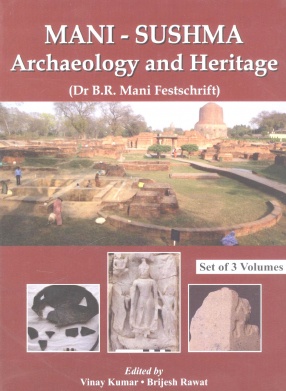
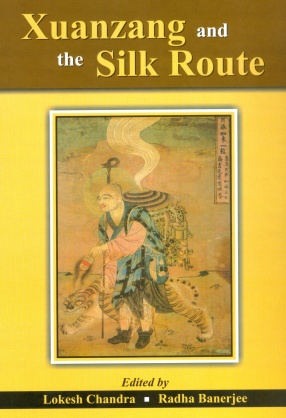
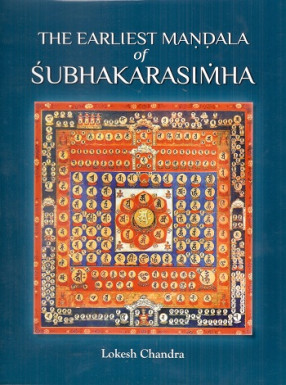
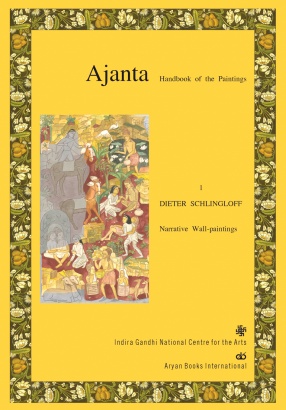
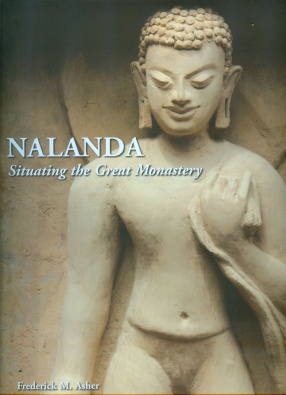

Bibliographic information
Brijesh Rawat